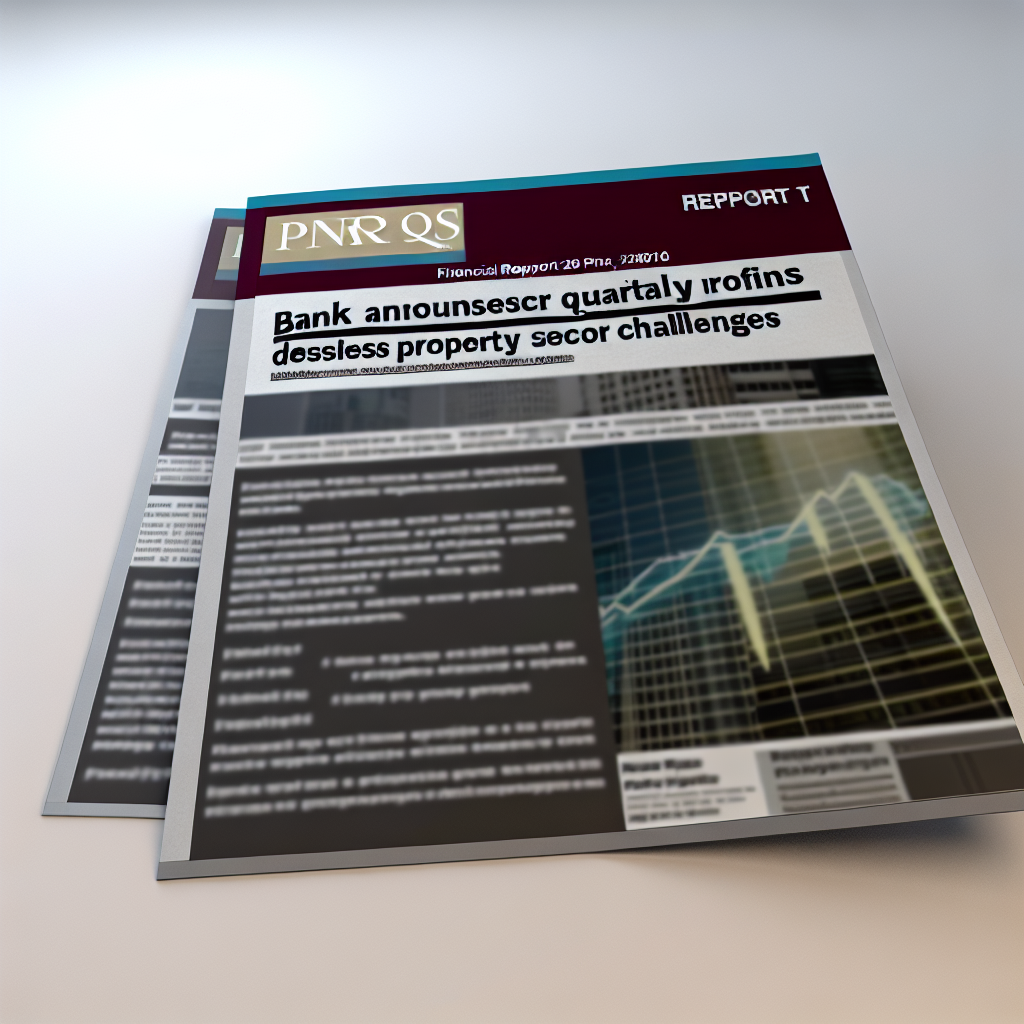Bank of China Reports Record Quarterly Profits Despite Property Sector Challenges
The Bank of China (BoC), one of the largest financial institutions in the world, has recently announced record quarterly profits, showcasing its resilience in the face of ongoing challenges in the property sector. This remarkable performance not only highlights the bank’s robust business model but also reflects broader trends in the Chinese economy. In this article, we will explore the factors contributing to BoC’s success, the challenges faced by the property sector, and the implications for the future of banking in China.
Record Profits Amidst Adversity
In its latest financial report, the Bank of China revealed a staggering increase in quarterly profits, reaching an all-time high of 80 billion yuan (approximately $12.4 billion). This figure represents a year-on-year growth of 15%, defying expectations in a market grappling with significant headwinds.
Several key factors have contributed to this impressive performance:
- Diversified Revenue Streams: The bank has successfully diversified its income sources, reducing reliance on traditional lending. This includes increased fees from wealth management and investment banking services.
- Cost Management: BoC has implemented stringent cost-control measures, optimizing operational efficiency and reducing non-performing loans.
- International Expansion: The bank’s strategic focus on international markets has paid off, with significant growth in overseas operations, particularly in Southeast Asia and Europe.
Challenges in the Property Sector
Despite BoC’s strong performance, the Chinese property sector continues to face significant challenges. The sector has been under pressure due to a combination of regulatory crackdowns, rising interest rates, and a slowdown in economic growth. Key issues include:
- Debt Defaults: Major property developers, such as Evergrande and Kaisa, have defaulted on their debts, leading to a crisis of confidence in the market.
- Regulatory Changes: The Chinese government has imposed strict regulations to curb excessive borrowing and speculation in the property market, which has led to reduced liquidity.
- Declining Sales: Property sales have plummeted, with many developers struggling to sell units, resulting in unsold inventory and financial strain.
These challenges have raised concerns about the potential impact on banks like BoC, which have significant exposure to the real estate sector. However, the bank’s proactive measures and risk management strategies have mitigated these risks effectively.
Strategic Responses and Future Outlook
In response to the challenges in the property sector, the Bank of China has adopted several strategic initiatives:
- Enhanced Risk Assessment: The bank has strengthened its risk assessment frameworks to better evaluate the creditworthiness of borrowers in the property sector.
- Support for Quality Developers: BoC has focused on providing financial support to high-quality developers with sound business models, ensuring that funds are directed towards sustainable projects.
- Investment in Technology: The bank is investing in digital banking solutions to enhance customer experience and streamline operations, positioning itself for future growth.
Looking ahead, analysts remain cautiously optimistic about the Bank of China’s prospects. While the property sector poses ongoing risks, the bank’s diversified portfolio and strategic initiatives are expected to bolster its resilience. Furthermore, as the Chinese government continues to implement measures to stabilize the property market, there may be opportunities for recovery in the sector.
Conclusion
The Bank of China’s record quarterly profits serve as a testament to its strong business model and effective risk management strategies. Despite the ongoing challenges in the property sector, the bank has demonstrated its ability to adapt and thrive in a changing economic landscape. As it continues to diversify its revenue streams and invest in technology, BoC is well-positioned to navigate future uncertainties. The resilience shown by the bank not only reflects its strength but also offers valuable insights into the broader dynamics of the Chinese economy, highlighting the importance of adaptability in the face of adversity.





